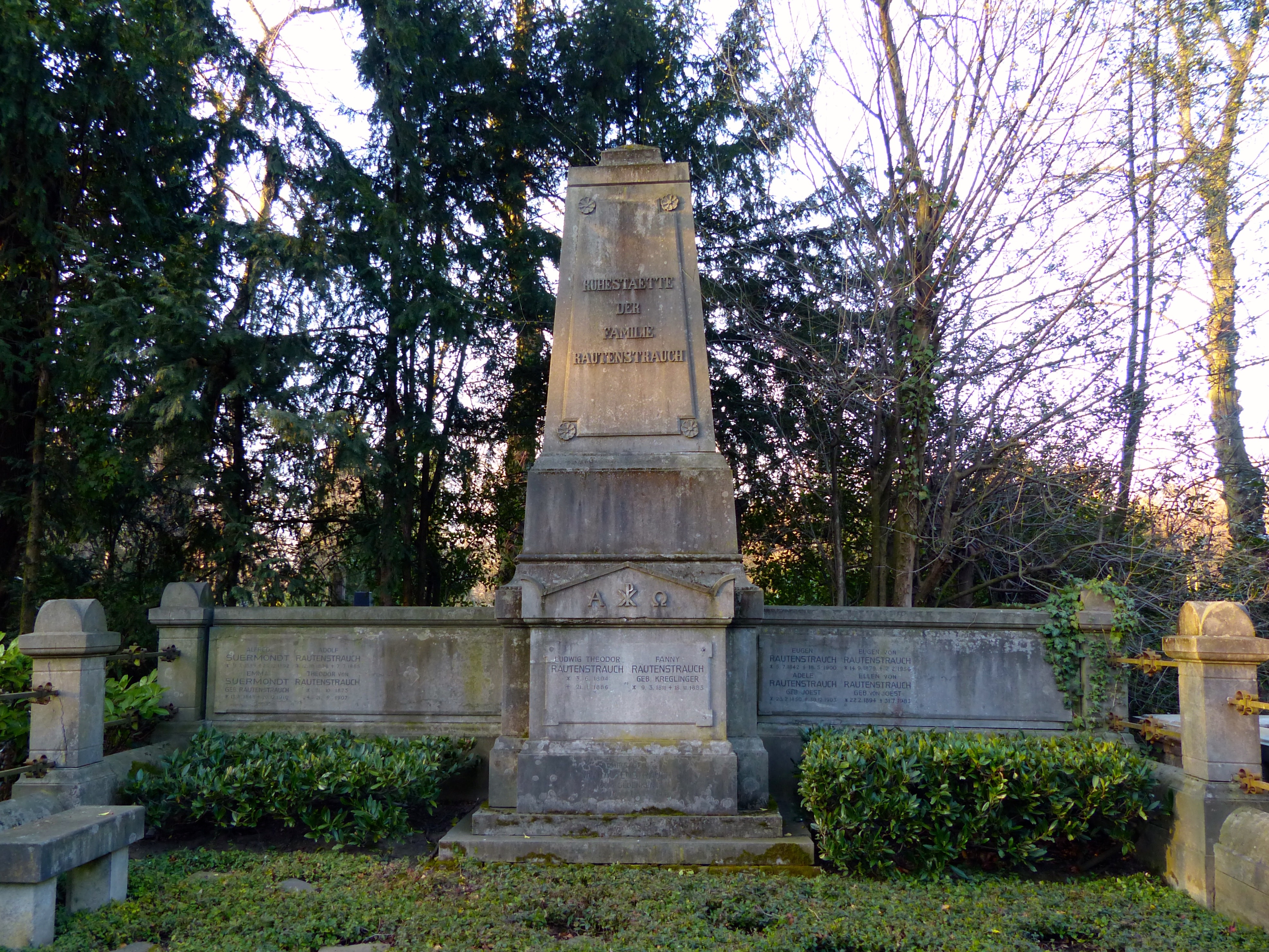Adele Rautenstrauch on:
[Wikipedia]
[Google]
[Amazon]
Anna Maria Adele Rautenstrauch, née Joest (born 23 February 1850 in
 After her death in
After her death in
Cologne
Cologne ( ; german: Köln ; ksh, Kölle ) is the largest city of the German western States of Germany, state of North Rhine-Westphalia (NRW) and the List of cities in Germany by population, fourth-most populous city of Germany with 1.1 m ...
; died 30 December 1903 in Neustrelitz
Neustrelitz (; East Low German: ''Niegenstrelitz'') is a town in the Mecklenburgische Seenplatte district in the state of Mecklenburg-Vorpommern, Germany. It is situated on the shore of the Zierker See in the Mecklenburg Lake District. From 1738 ...
) was a German patron and benefactor. She donated the inherited ethnological
Ethnology (from the grc-gre, ἔθνος, meaning 'nation') is an academic field that compares and analyzes the characteristics of different peoples and the relationships between them (compare cultural, social, or sociocultural anthropology). ...
collection of her brother Wilhelm Joest
Wilhelm Joest (15 March 1852, Köln – 25 November 1897) was a German ethnographer and world traveler.
He studied sciences and languages at the universities of Bonn, Heidelberg and Berlin, and afterwards took a study trip to North Africa. Fr ...
, which still forms the basis of the Rautenstrauch-Joest Museum
The Rautenstrauch-Joest Museum is a museum of ethnography in Cologne, Germany. It was reopened in 2010. The museum arose from a collection of over 3500 items belonging to ethnographer Wilhelm Joest. After his death in 1897, the collection was le ...
, to the City of Cologne.
Life
Adele Joest was born in Cologne on 23 February 1850 as the daughter of Maria Wilhelmina Eduarda Joest, née Leiden, and the sugar manufacturer Eduard Joest. In 1872 she married the merchant Eugen Rautenstrauch (1842-1900), who continued her father's import business of animal skins. The Rautenstrauch couple collected antique and ethnological exhibits. Adele Rautenstrauch's younger brother Wilhelm undertook numerous trips around the world and thus built up an extensive ethnological collection. After his death inUreparapara
Ureparapara (also known as ''Parapara'' for short; once known as ''Bligh Island'') is the third largest island in the Banks group of northern Vanuatu, after Gaua and Vanua Lava.
The climate on the island is humid tropical. The average annual r ...
in 1898, his sister inherited her brother's extraordinary collection, which she had brought to Cologne. Together with her husband Eugen–who had the power of disposal over his wife's inheritance according to the German Civil Code
German(s) may refer to:
* Germany (of or related to)
**Germania (historical use)
* Germans, citizens of Germany, people of German ancestry, or native speakers of the German language
** For citizens of Germany, see also German nationality law
**Ger ...
–she donated her brother's collection, which comprised over 3,400 exhibits, to the City of Cologne on 28 June 1899, in order to make it accessible to the public and especially to students at the commercial college.
After Eugen Rautenstrauch had died on 18 May 1900, she donated the capital for the construction of a new ethnological museum in memory of her husband on 1 August 1900 in the amount of 250,000 Reichsmark
The (; sign: ℛℳ; abbreviation: RM) was the currency of Germany from 1924 until 20 June 1948 in West Germany, where it was replaced with the , and until 23 June 1948 in East Germany, where it was replaced by the East German mark. The Reich ...
with the condition that the new museum should bear the name Rautenstrauch-Joest-Museum. At the same time, she created the financial conditions for the employment of a renowned museum director. She donated the salary for the first museum director Willy Foy for ten years. Shortly before her sudden death in December 1903, Adele Rautenstrauch announced that she would have the new museum building on the Ubierring built at her expense using the building fund. She died a few days later in Neustrelitz.
 After her death in
After her death in Mecklenburg
Mecklenburg (; nds, label=Low German, Mękel(n)borg ) is a historical region in northern Germany comprising the western and larger part of the federal-state Mecklenburg-Western Pomerania. The largest cities of the region are Rostock, Schwerin ...
, Adele Rautenstrauch was transferred to Cologne and buried at Melaten Cemetery
Melaten is the central cemetery of Cologne, North Rhine-Westphalia, which was first mentioned in 1243. It was developed to a large park, holding the graves of notable residents.
Name
The name "Melaten" refers to a hospital for the sick and l ...
on the so-called ''Millionenallee'' (between HWG and Lit. P).
The couple had three children, Theodor Damian (1873-1907), owner of Birlinghoven Palace, Marie Emma Adele Wilhelmine, later Countess von Bernstorff (1876-1945) and Eugen Adolf Wilhelm von Rautenstrauch (1879-1956), partner in the Delbrück bank, v. d. Heydt & Co.
The children had the museum construction carried out at the family's expense. On 12 November 1906, the museum building on the Ubierring initiated by Adele Rautenstrauch was opened in the presence of her son Eugen and her son-in-law Georg Ernst von Bernstorff.
References
{{DEFAULTSORT:Rautenstrauch, Adele 1903 deaths 1850 births Patrons of the arts People from Cologne German philanthropists German women philanthropists 19th-century philanthropists 19th-century women philanthropists